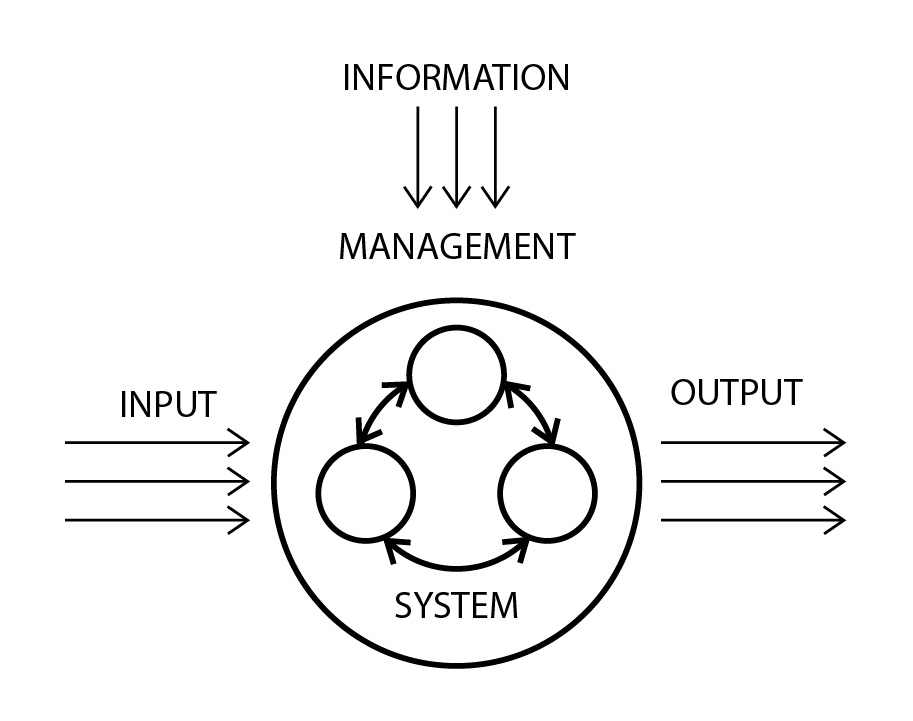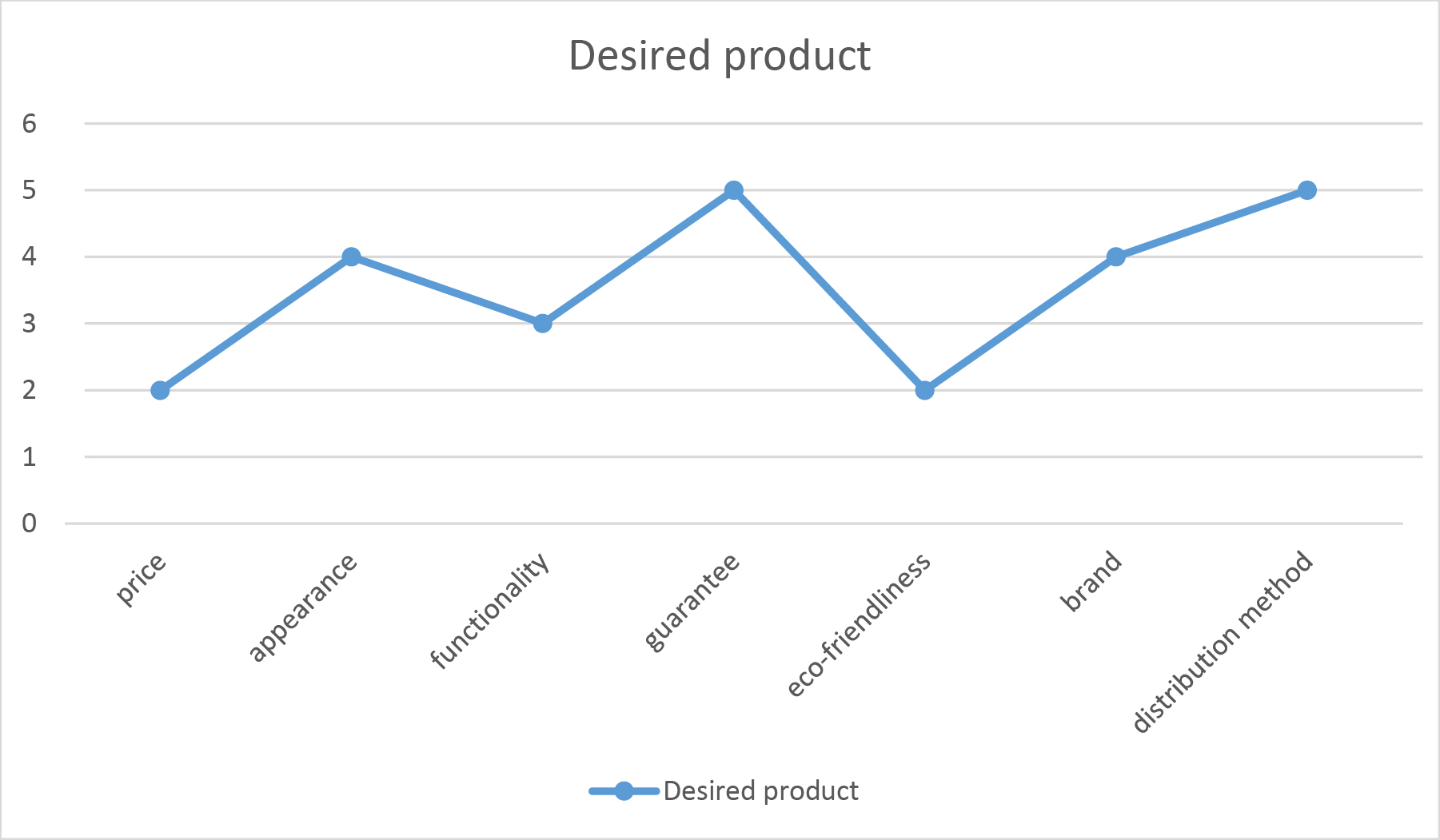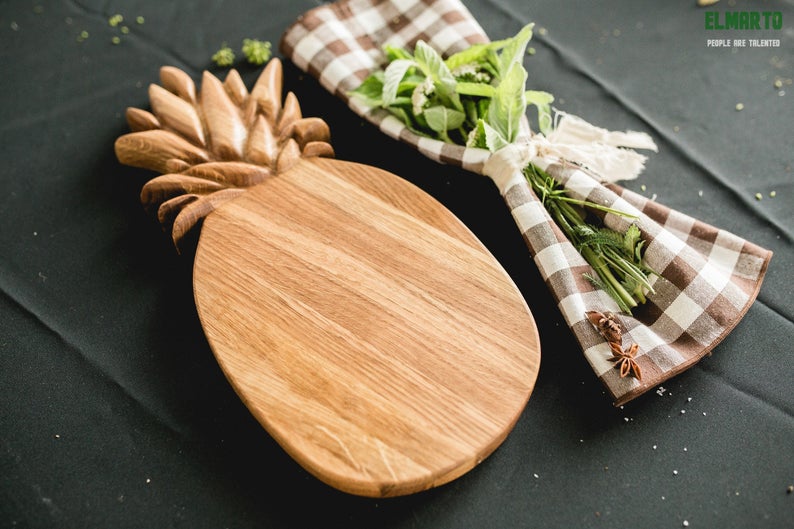Elmarto Articles
Create successful products in fast-changing conditions.
My name is Arty, I’m one of the founders of the Elmarto project. We develop simple technologies, produce items on this basis and sell it all over the world. By “we” I mean our workshop and designers from around the world never seen by myself, but nevertheless making a lot of tangible and real products.
A few introductory words followed by the practice.
Designer’s task is to create sellable products. Moreover if your product is an exhibition artwork it still has it’s own economics. Even it’s some kind of social good, a park bench for example, it means that the society invested with taxes, delegated purchase rights to municipality to buy it.
It’s a common subject but let’s make a note of it.
What can we tell about designer work nowadays. An outstanding aspect is the overproduction i.e. production objectives in household things are easily solved and as a result everything is very chip and available thanks to mass production. This discourages many designers and start-uppers, but I think otherwise. Mass production provides easily accessible information, instant communication with partners and clients as well. It means you can create something awesome, produce it at the factory or workshop remotely and then sell it on any marketplace. So in my experience the situation is quite positive, it gives benefits until you’re building on the strengths of nowadays situation.
This is how we’re going to cooperate. Firstly modern technics should be made out to help organize the process of making successful design, i.e. learn to invent sellable products.
At the same time we’re going to complete a series of quests resulting in your own sellable products, which will generate income. It will be a very valuable professional experience.
A few words about modern technics of product development. Through the time there were different tricks and features enveloping the society like a wave and becoming the norm afterwards. The production mechanization and the division of labour appeared during the English Industrial Revolution, the conveyor - at the dawn of the automotive industry and finally the Lean Startup nowadays which is based on the idea of quick idea testing.
We’ll return to this later. In the meanwhile let’s discuss another layer of description of our reality – the systems layer. When we speak about the biological world and people in particular, we always mean systems. Government, university, business means socio-economic systems. And every system has an entry supplied by money or time for example and a target function on the other hand which produces social good or money for example. The system works to maximize its target function with management which is always based on information. Let’s take a driver on the road for example. If he closes his eyes, he loses some valuable information which will lead to a crash. Otherwise if he is concentrated on driving and know the road well then he’ll reach the destination successfully.

I lead to the fact that in a fast changing world a person with the most actual information will succeed thanks to the Lean Startup technic. The whole point is to make the minimalized version of the product as soon as possible, it can be even absolutely unavailable for sale, just a picture of it perhaps, and it will be enough to test the focus group demand and see how a potential buyer relates to the product, get valuable criticism and an idea of how it will be selling. It’s like the open eyes of a driver mentioned earlier.
I won’t retell the whole book intentionally. You’ll benefit if you read it by yourself instead. Let’s emphasize this idea and move on.
Next is the client’s buying decision. In a great abundance of products and services a man would like to have the most suitable product or service.
The decision-making mechanism is based on criteria such as price, appearance, functionality, guarantee, eco-friendliness, brand, distribution method, etc.
Based on these criteria a schedule can be built for any product.

It is very important to give some strengths in comparison with market analogues when creating a new product and perfectly create products that don’t have any analogues.
For example, you can compete in design. If it is very good the higher price can be justified. Or you can compete in quality when buying an expensive tool you understand that it will last very long. Or you can compete in a distribution mode when you spend more on an annual subscription for a streaming service than you spend on going to the cinemas but it’s more convenient for you to get this kind of content.
Let's summarize. We will create products that will have some outstanding (special) proportions of qualities and then quickly test the customers’ opinion and then change the product or switch to something new depending on the results.
The questions is: How can we come up with such a product? It’s quite difficult to just sit down at the table, grab a pencil and invent such product. There is a feeling of emptiness, lack of a foothold. I would like to share the innermost - ways to stimulate the creative process.
You don’t have to be a Bachelor of Philology to become a writer. You don’t necessarily have to have a designer’s education to become a designer.
Designing is a skill. It is developed by observing and by getting practical experience. Observing means that you must sharpen your perception and pay attention to the smallest details in things that you consider to be beautiful, to be ergonomic. And you must keep this habit for years, it must become a part of who you are. A practical experience you get on a real manufacturing, but it is hardly possible for the most of us. It is more accurate when we talk about top production companies, where we can get the most valuable experience. That’s why we came up with the special quests. They are in this section (link).
Knowing how to draw is not essential. A lot of ideas you can perform as a simple sketch without excessive visualization. In this case a thoroughly drawn picture is more like a drawback, cause time is wasted in vain. Projects were graphical performance plays the key role are exceptions, like the texture of wallpapers.


Everyone has his own area of expertise. Someone has a perfect spatial thinking, others may have a sense of style in drawing or be naturally good at ergonomics, or they may understand what children want. You never know until you try it.
A lot of everyday stuff are quite simple in a technological way, i. e. they didn’t demand a technological invention to be created. All of them are made on a similar equipment, and learning how to use it will take years. But for designer it is enough to know potentials and limits of every machine and this is just a matter of few hours.
Send us your works
Up to 5 images.







